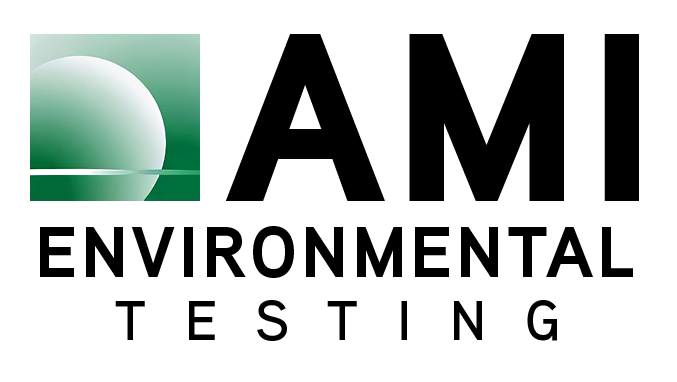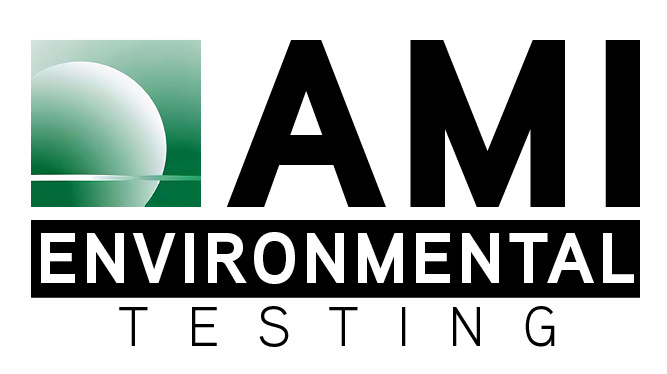Mold is a significant concern in many work environments, particularly in construction and renovation sites where moisture and organic materials are prevalent. One of the primary ways mold becomes a health hazard is through airborne spores, which can be easily disturbed by airflow. Understanding how airflow impacts mold dispersion is crucial for implementing safer worksite practices that protect workers’ health.
Research indicates that even mild airflow conditions—such as those found in typical indoor work environments—can stir up mold particles from contaminated surfaces. For instance, mold growing on building materials can become aerosolized when disturbed, posing respiratory risks, especially to workers with asthma or other respiratory conditions.
To mitigate these risks, employers and safety managers can adopt several effective strategies:
- Conduct Thorough Assessments: Regularly inspect work sites for mold growth and moisture issues. Identifying contaminated areas early allows for timely intervention before spores become airborne.
- Control Airflow: Implement airflow management techniques to minimize the risk of mold dispersion. Using localized ventilation systems that direct airflow away from mold-infested areas and ensuring that HVAC systems are equipped with appropriate filters to capture mold spores.
- Use Protective Equipment: Ensure that workers wear appropriate personal protective equipment (PPE) when working in areas where mold is present. This may include respirators, gloves, and protective clothing to minimize exposure.
- Establish Containment Zones: For areas with known mold contamination, set up containment zones to limit airflow and prevent the spread of spores. Using plastic sheeting and negative air pressure can help keep airborne mold contained during remediation efforts.
- Implement Training Programs: Educate workers about the dangers of mold exposure and the importance of reporting any signs of mold growth or moisture problems. Training should also cover safe work practices, including how to handle materials potentially contaminated with mold.
Contact AMI Environmental Testing for further information.



